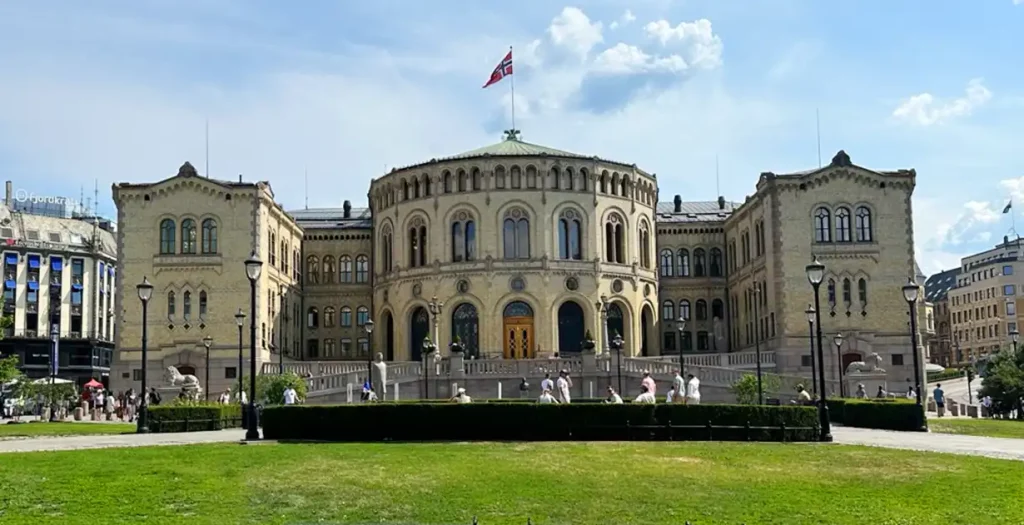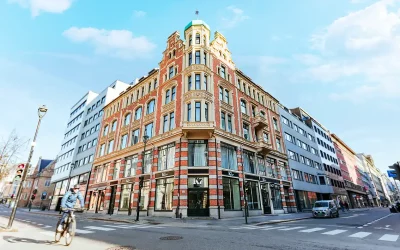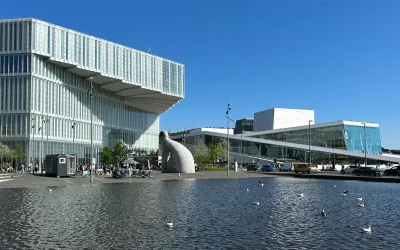You just arrived in Norway on your first tip ever to northern Europe. Your first stop is most likely Oslo, before your journey continues to the west or north towards cities like Bergen or Tromsø. And now your question is: what to do for 24 hours in Oslo on a weekday?
Weekdays are cheaper
Well, we got great news for you. To visit Oslo on a weekday is probably the best if you ask most locals. First of, most flights or train tickets are going to be cheaper on a weekday, plus there are way less tourists on weekdays compared to weekends. Well, for obvious reasons: Most tourists travel on weekends, because that’s when they usually have time off. So here is a guide for you who want to explore Oslo in less than 24 hours on a weekday.
Stay central to not waste any time
Before you travel you’re probably looking at where to stay while in Oslo. We might be a bit biased here to give you this advice, but honestly, we believe that staying central and having walking distances to most attractions and transportation hubs, is the way to go. You’re going to save time, money, and you’ll probably explore more in less time.
Keep scrolling to see our best Oslo tips on a weekday.
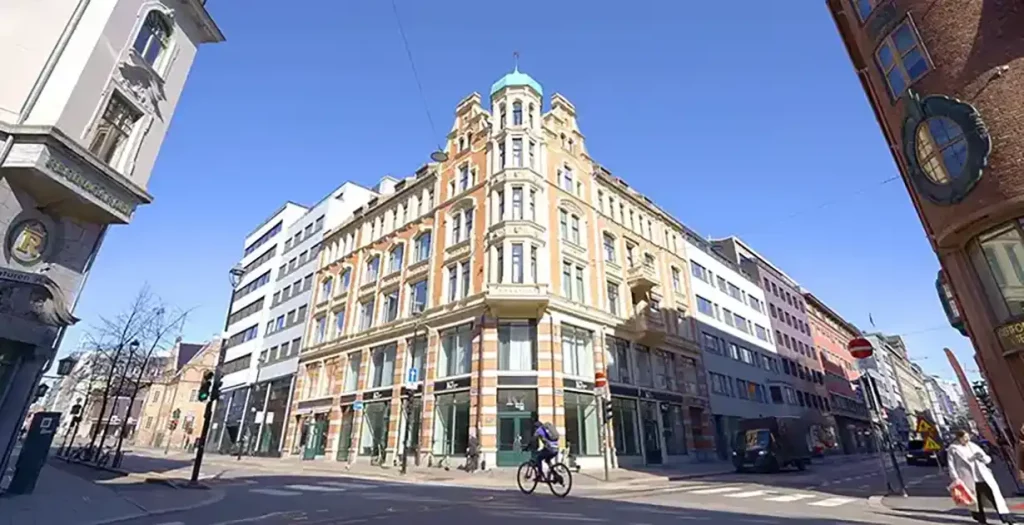
Out hotel in central Oslo, K7 Hotel Oslo, is located in Kvadraturen which is the newest part of central Oslo. Right outside the door steps of the hotel, you’ll find restaurants, cafées, shops, and a short walk from the hotel you’ll find attractions like the famous shopping street Karl Johans gate, The Royal Palace (Slottet), the parliament (Stortinget), Spikersuppa (which during winter has an ice skating rank), Nationaltheateret and Aker Brygge. In other words: our hotel has the perfect location.
Book your stay with K7 Hotel Oslo now
It’s also a hybrid hotel which offers regular private rooms, as well as beds in dorms, just like a hostel. This makes K7 Hotel Oslo the perfect hotel for all kinds of people and travelers.
Keep scrolling to see our best Oslo tips on a weekday.
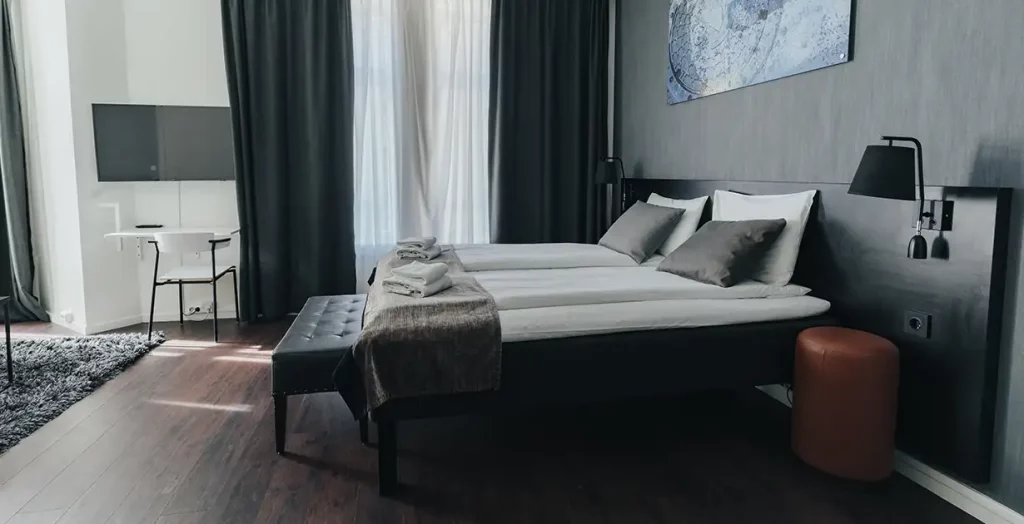
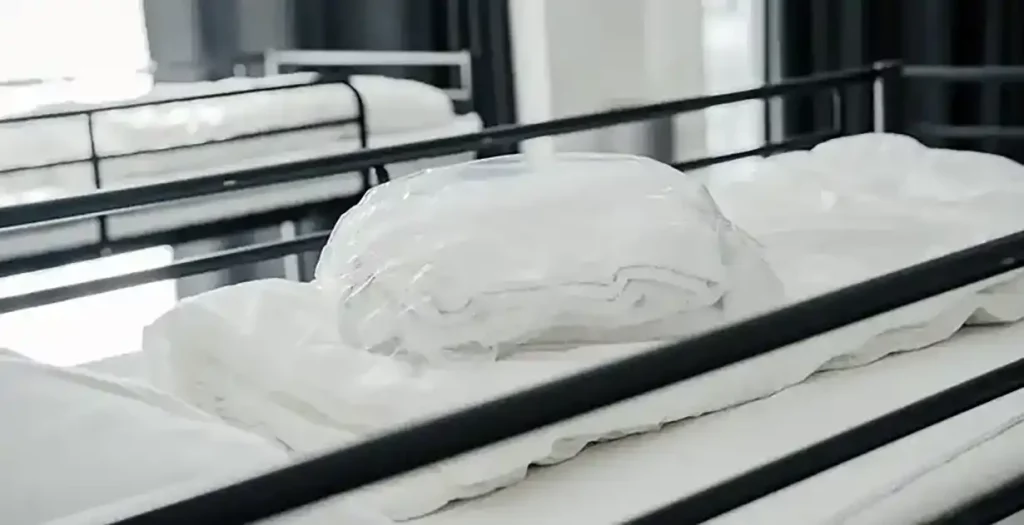
If you haven’t booked your stay yet, click here to book a room or a bunk bed now.
Explore Oslo by foot
Oslo is a compact city, and the best way to experience the central areas are by foot. You can see a lot of things in just a few hours if you plan your route. And if you arrive early, maybe you can leave your bags at the hotel before checkin and start exploring Oslo right away.
Bjørvika – the most modern part of Oslo
We recommend you start with the newest part of the city, called Bjørvika. This area has been built up over the last 20 years. Before, the entire area was just a shipping container harbor, and a highway system. Now the highway has moved in to a floating tunnel underwater just below the Oslo Opera House freeing the entire area up for city development. And Bjørvika now has a lot to offer like a big new library, an opera house, museums, hotels, shops, restaurants, residential areas, a city beach and more.
Oslo opera house
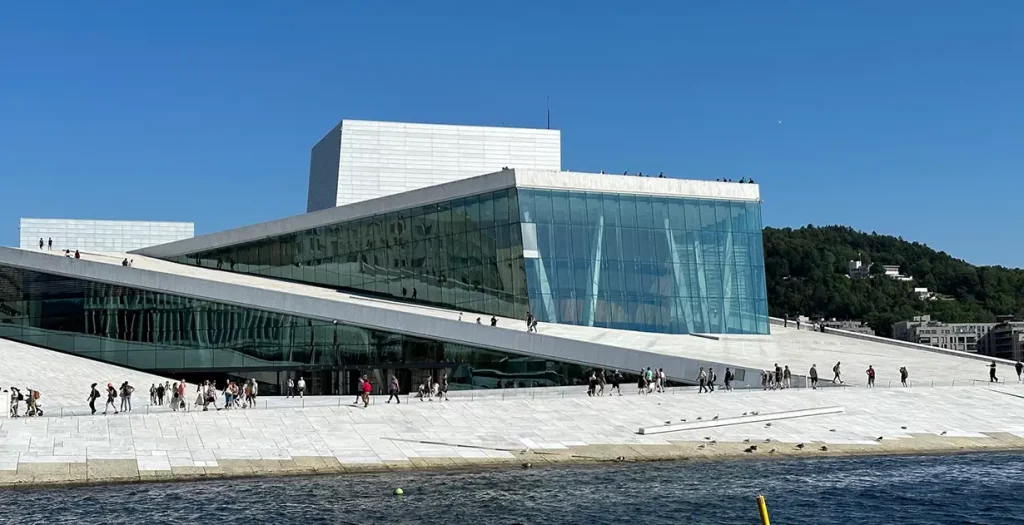
You can start the walk towards the Oslo Opera House, and take a stroll on top of the roof. Yes, it’s allowed! It will give you a nice view of the ocean, and some overview of Bjørvika.
Deichman library
Don’t forget to visit the new main library of Oslo “Deichmanske bibliotek” which opened in june of 2020. The library has six floors of literature and many areas to sit down and relax and enjoy the views of the fjord and the opera house. There’s also a restaurant on the first floor.
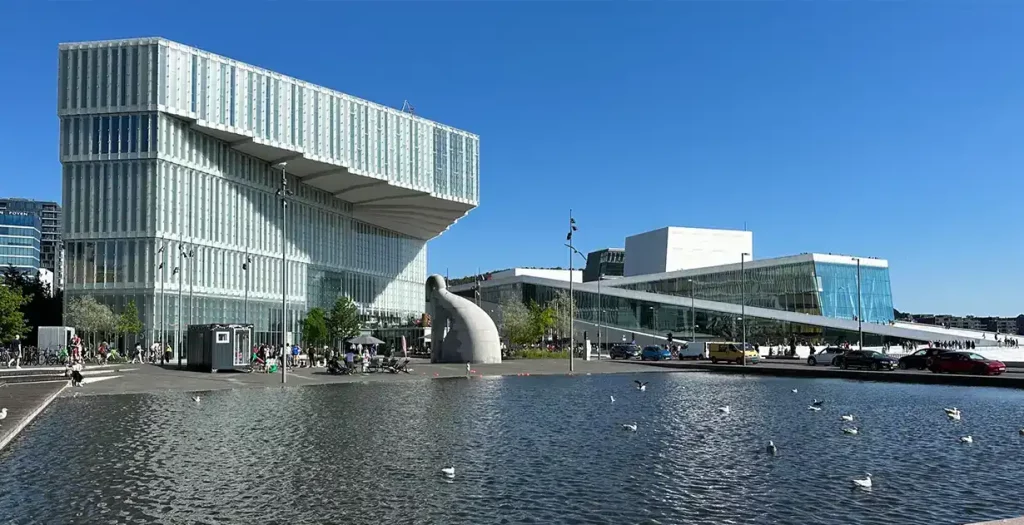
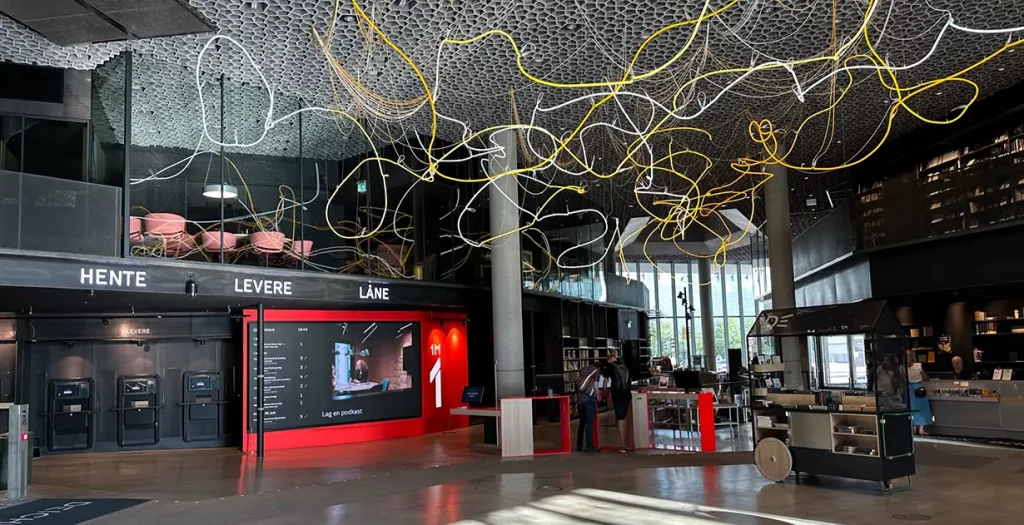
Sørenga
Continue towards “Sukkerbiten” and walk across the floating bridge to Sørenga. After crossing the bridge, make a right turn and walk along the boardwalk. Here you’ll find many nice restaurants. Maybe it’s time for lunch?
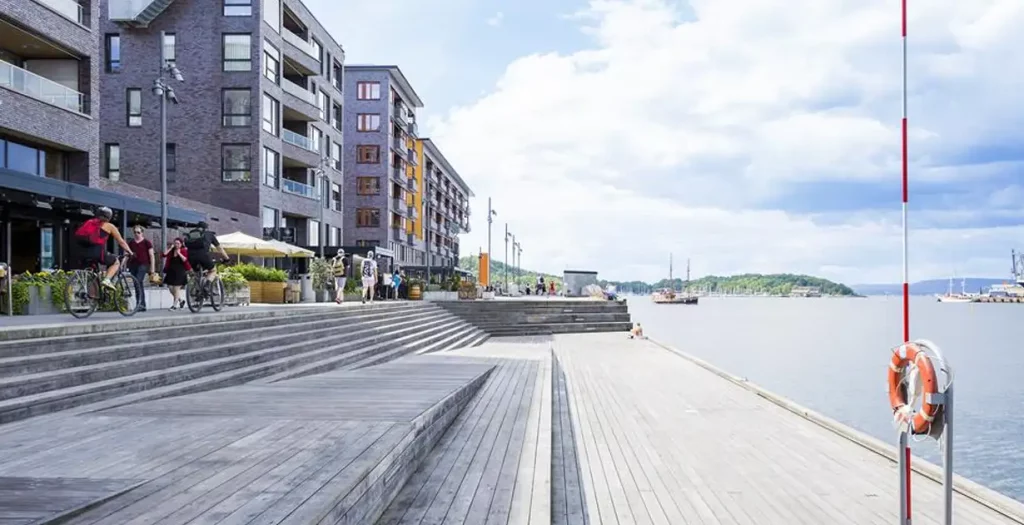
At the end of Sørenga, you’ll find “Sørenga sjøbad“. If you’re visiting in the summer, maybe you’ll go for a refereshing swim here?
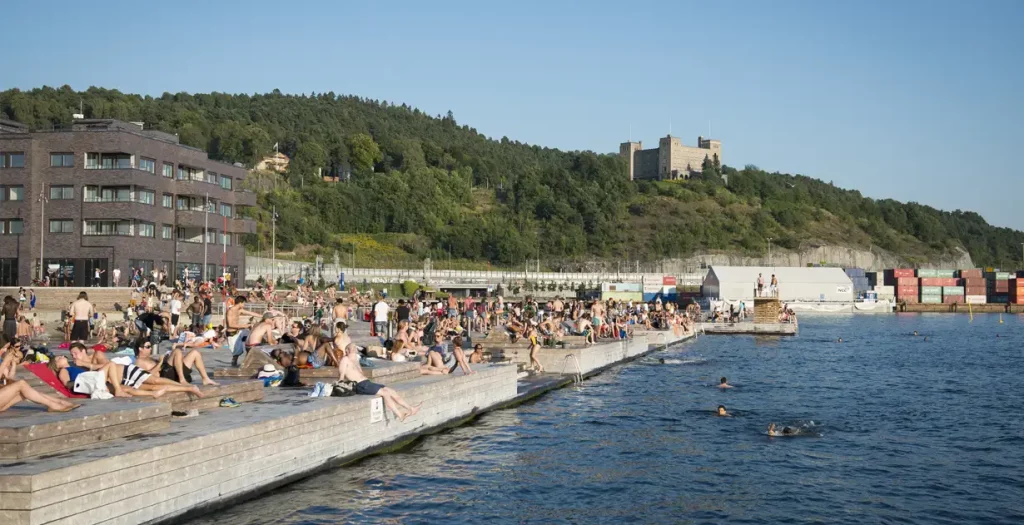
Munch museum
After Sørenga you can maybe stop by the Munch museum, the tall building next to the Opera House, dedicated to the norwegian artist, Edvard Munch. You know, the guy who made the Scream-painting which also gave life to this emoji: 😱.
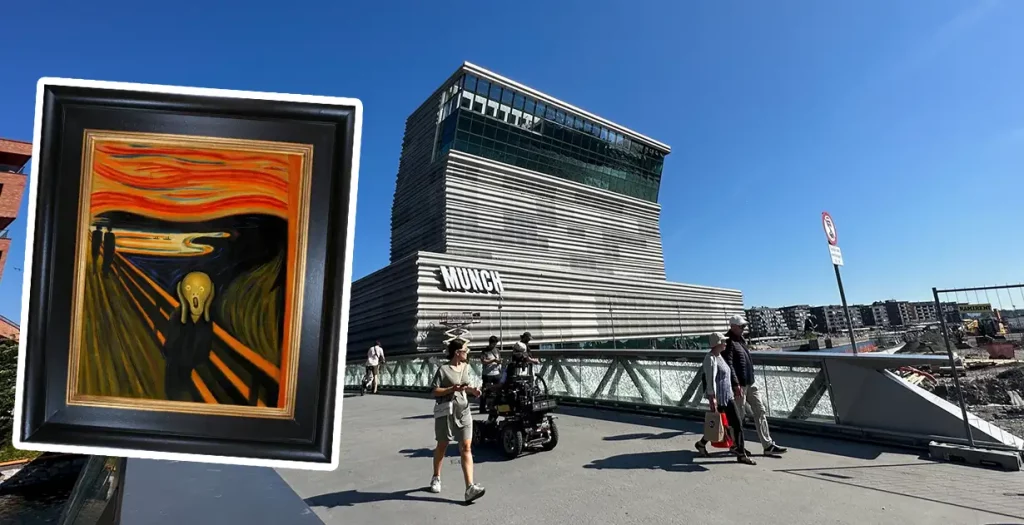
SALT
Continue towards SALT – where you will find some interesting looking structures which is to resemble the birch logs that one would use to hang fish on to let it dry, for dry fish production.
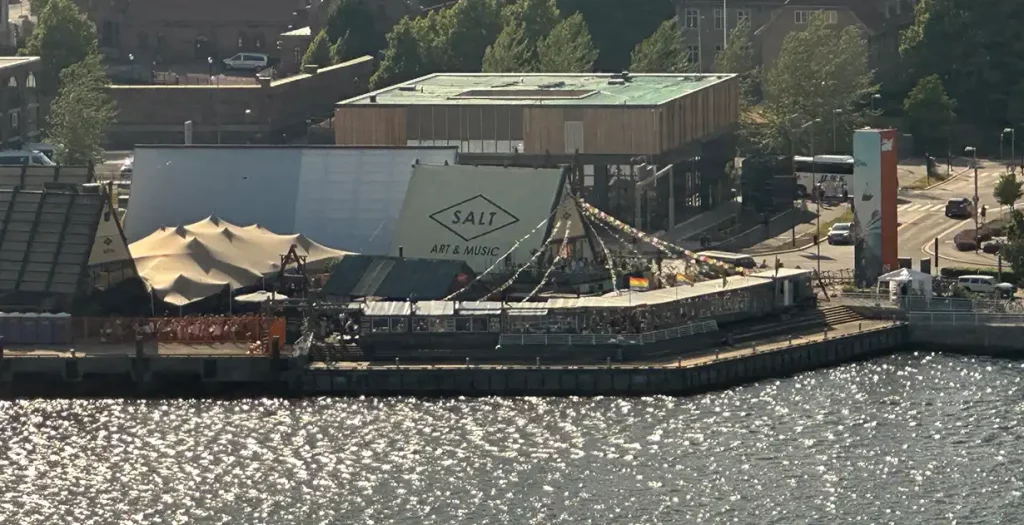
SALT is famous for it’s huge sauna, fjord bathing, restaurant and more.
Kvadraturen – the grid system of Oslo
Kvadraturen is the newest part of central Oslo, and was designed as a grid system, like most modern citites today, by King Christian IV in the 1600’s after the great city fire. He literally moved the city to the other side of Bjørvika, so it could more easily be protected by Akershus Fortress. In Kvadraturen, you will find shops, restaurants, cafés, hotels, and also the Akershus fortress (Akershus festning). We suggest you walk through Kvadraturen and have a look around on your way to Akershus Fortress.
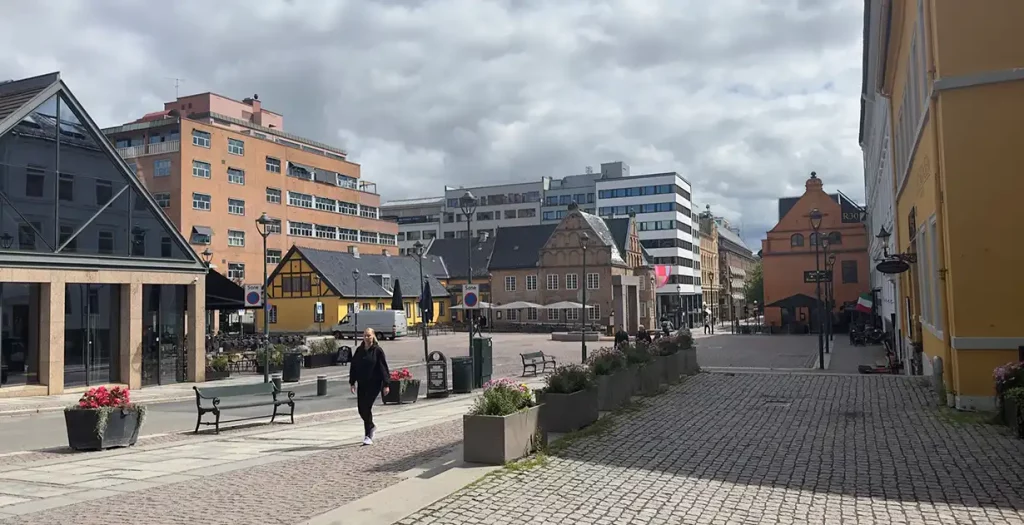
Akershus Fortress
The Akershus Fortress is a very old medieval castle, and the building of it probably started in 1299 by King Haakon V. It was built on top of a hill towards the Oslo fjord and was built to protect Oslo city, as well as provide a royal residence.
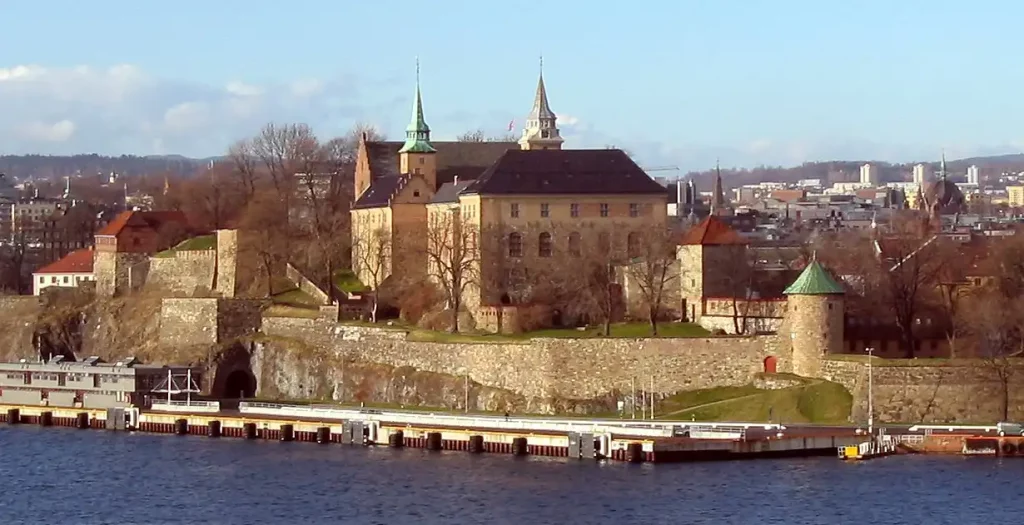
Today, part of the fortress is used by the military and the government, but most of it is accessible to the public.
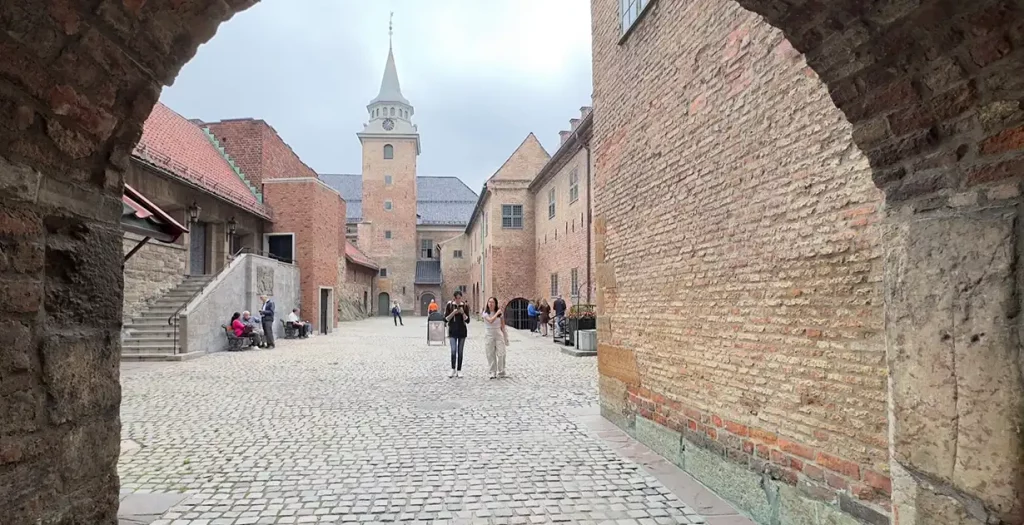
But the fortress also houses a museum where you can see the very old chambers of the royal family, the castle church, the sarcophaguses of some of the previously deceased kings and queens, and many other interesting things.
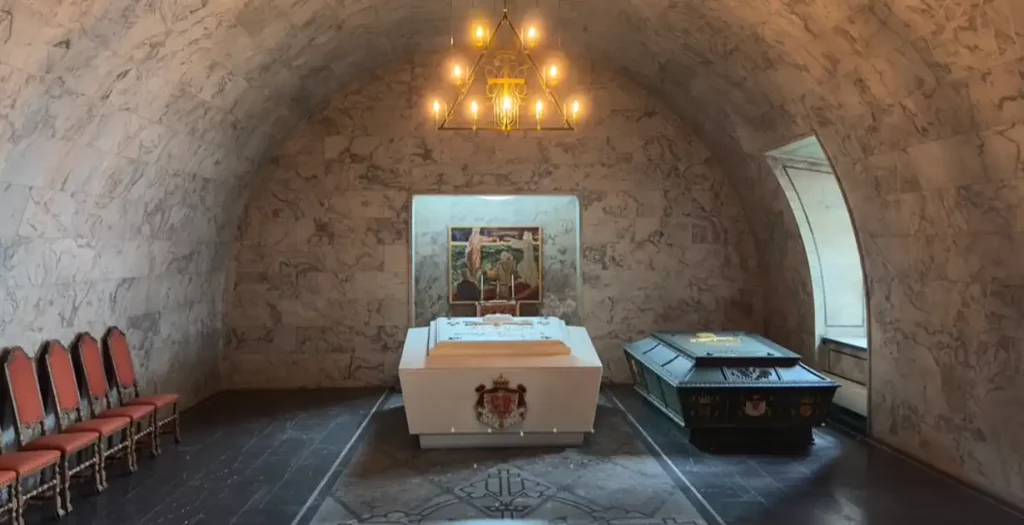
Aker Brygge and Tjuvholmen – down by the harbor
After seeing the Akershus fortress, you are almost at Aker brygge. While standing at the top looking out from the borders of the fortress, you’ll see the Oslo fjord to your left and Aker brygge to your right.
Aker Brygge
Aker Brygge used to be a shipyard which dates back to the 1850’s. The ship yard was decommisioned in 1982 and in 1986 the transformation of the area started.
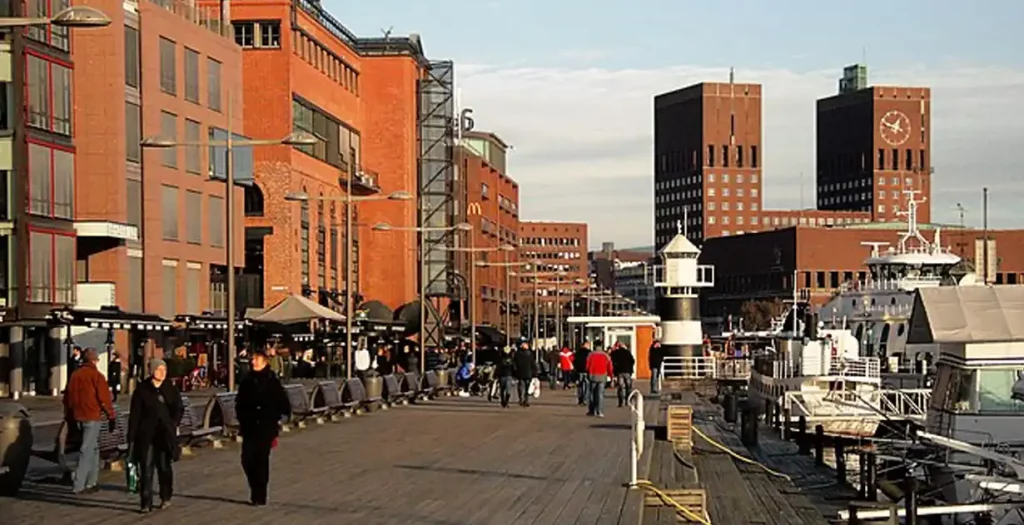
Today you’ll find a shopping mall, several restaurants and bars alongside the harbor, museums, recreational spaces, and at the end, at Tjuvholmen there is a residential area with a tiny little beach, which is open for all. In the summer time people also lay down at the grass everywhere, and go for swims from the floating docks.
The national museum

If you have time you might also consider visiting the newly opened national museum. It houses both old and modern art.
Karl Johan and the royal palace
After exploring Aker Brygge, you can head up to have a look at the Royal Palace. From late June until mid August you can book a tour of the palace where you’ll get to see some of the most important rooms of the palace.
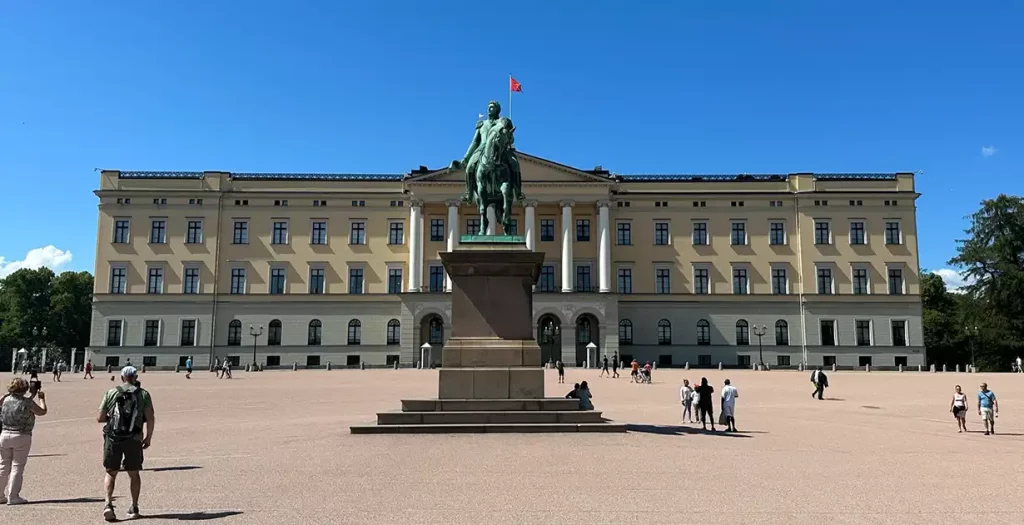
The royal palace
The Royal Palace in Oslo is the main residence of the King and Queen of Norway, and the symbol of the Norwegian monarchy. The castle serves as a workplace for the royal family. It was completed in 1849, and is owned by the Norwegian government.
If you are not able to go on one of the guided tours, you can enjoy the views of the exterior, take a photo with one of the royal guards, or take a walk through the Queens park.
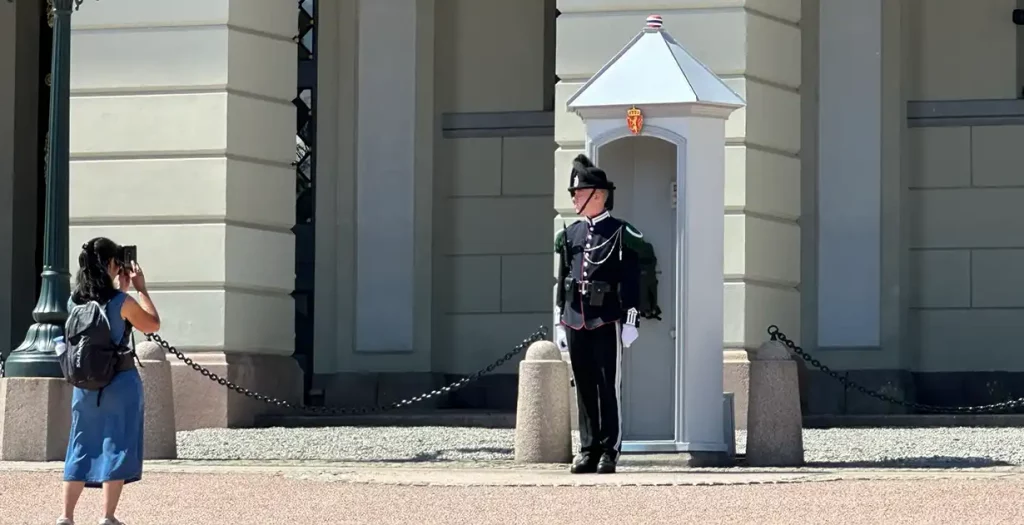
Karl johans gate
After enjoying the views of the royal palace, we recommend a walk through Karl Johans gate (Karl Johans street) named after King Karl Johan III (king of Norway and Sweden from 1818 until he passed away in 1844).

Karl Johans gate is considered the main street in Oslo, where in one end you have the royal palace, and in the other end you’ll find Oslo Central station with Østbanehallen, the old station building for eastbound trains, which is newly refurbished. In Karl Johans gate, you’ll find restaurants, cafés, the parliament building (Stortinget), clothing stores, designer stores, hotels and more.
